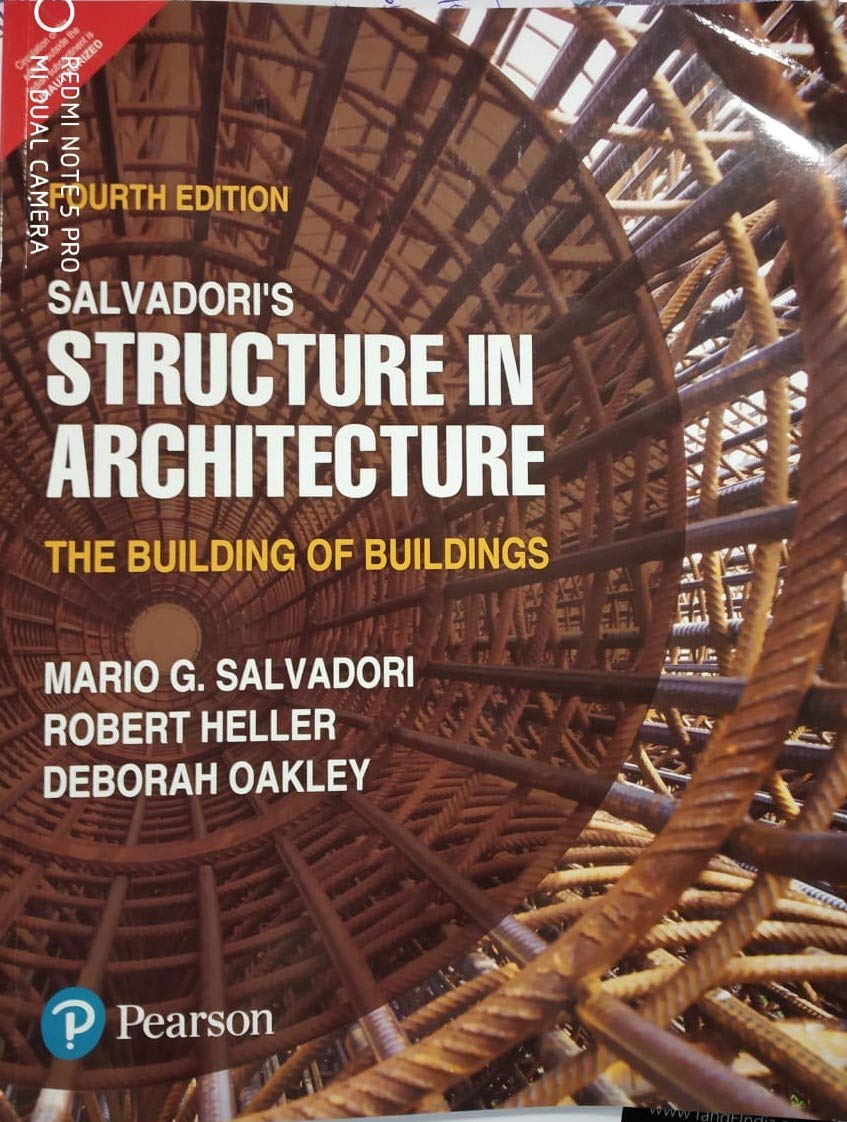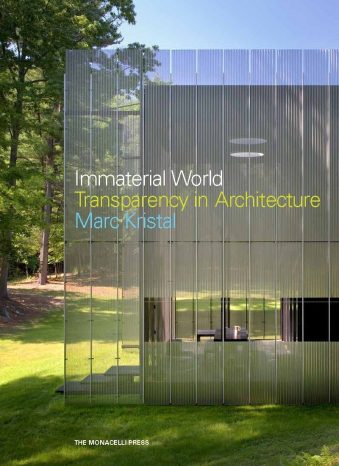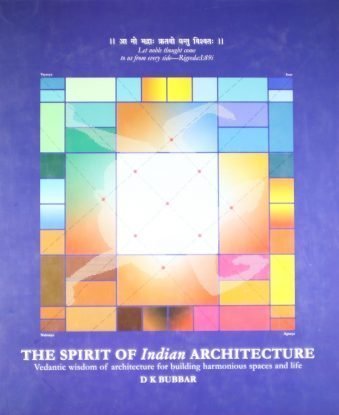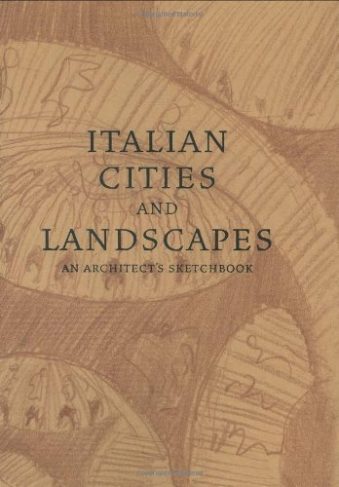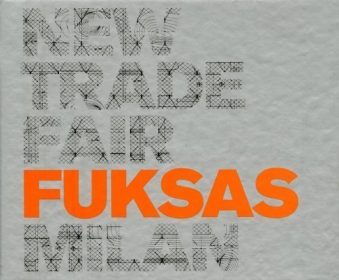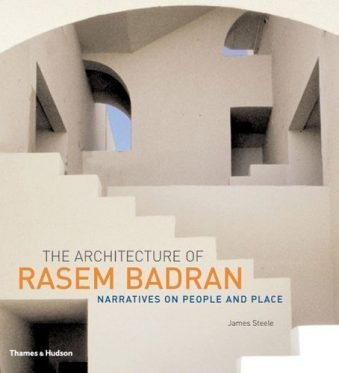- Empty cart.
- Continue Shopping
Salvadori’s Structure in Architecture The Building of Buildings
₹695.00
- By Salvadori Robert Heller
- Paperback
- Publisher: Pearson Education India (10 October 2018)
- Language: English
- ISBN-10: 9353065755
- ISBN-13: 9789353065751
- Product Dimensions: 20 x 14 x 4 cm
24 in stock
An excellent text as a first introduction to structures geared toward architecture students, or as a companion for more traditional engineering / math-based courses including statics and strength of materials or structural principles.
From the Back Cover
This conceptual, non-mathematical, yet technical look at the principles of structural mechanics, and the physical properties of building elements makes structural mechanics for architecture accessible to all.
Continuing Dr. Salvadori’s passion for education and an accessible non-mathematical presentation of structural mechanics, Salvadori’s Structure in Architecture, The Building of Buildings, Fourth Edition, is a must-have for students of architecture and building construction, structural engineers, and all those with an interest in architecture. It has been revised and expanded to include over 500 new illustrations, 150 new photos, and new materials covering the changes in technology and construction techniques developed during the last 50 years. Now presented in three manageable sections covering the fundamental concepts (Section 1), structural forms (Section 2), and topics beyond the basics (Section 3), it provides expanded content and graphics on critical topics such as beam behavior, moment of inertia, redundancy and much more!
About the Author
Robert A. Heller, PhD, PE, was educated at Columbia University, where he joined the faculty of Civil Engineering. He was a colleague and coauthor of Professor Mario G. Salvador’I’s on the first three cited editions of this book, and also served as coauthor of Video Series: Mechanics of Structures and Materials. He was Professor of Engineering Science and Mechanics at Virginia Tech from 1967 to 1996 where he taught undergraduate and graduate courses. He created educational movies for the National Science Foundation and performed research for the Department Of Defense on Aircraft Fatigue, Service life Prediction of Solid Propellant Rocket Motors, Strength and Durability of New Space Age Materials. His work has been published in numerous scientific and Technical Journals. As a teacher he has received several awards and honors including an Honorary Professorship from the Technical University of Budapest, Hungary and a Fulbright Scholarship at the Technical University of Vienna, Austria. He retired in 1996.
Deborah J. Oakley, AIA, PE, has been teaching structures to architecture students for nearly 20 years. She is an associate professor at the School of Architecture at the University of Nevada, Las Vegas, where she also teaches design studio classes. Uniquely qualified as both a Registered Architect and Professional Engineer, she came to academia with education and experience in fields of both civil (structural) engineering and architecture. She is a passionate crusader for the integration of architecture and structure, including associated educational endeavors in the field. She is a founding member, past president, and board member of the Building Technology Educators’ Society (BTES online.org), the only North American academic organization of architectural educators focused on construction and structural technology education and research. Prior appointments have been as an assistant professor at the University of Maryland School of Architecture, Planning and Preservation and at the Philadelphia University School of Architecture and Design. Her current work involves conducting Discipline-Based Education Research in the area of architectural structures pedagogy.




